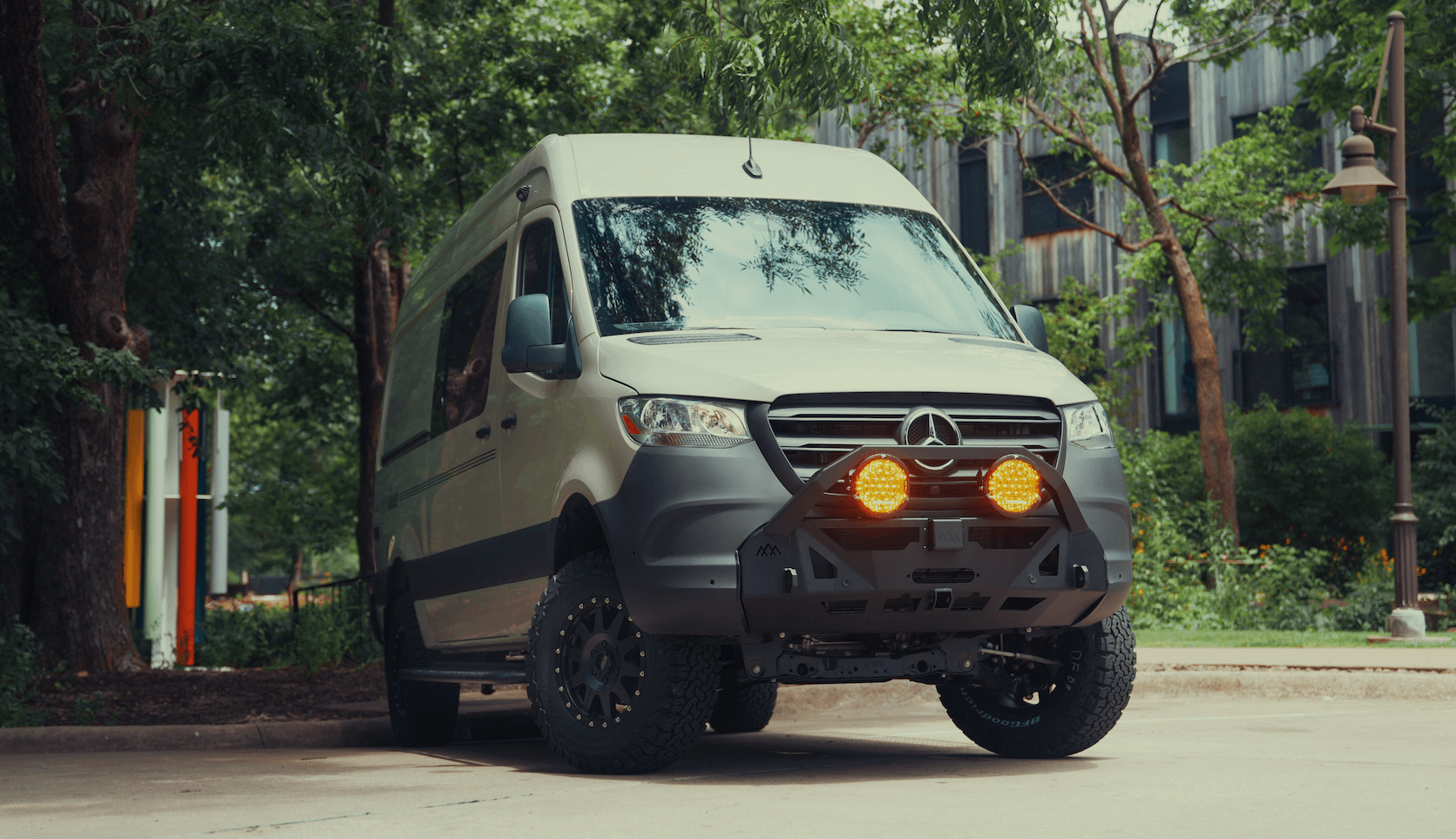Recreational Vans

Temperature swings happen fast in enclosed spaces. Sunload can push a parked vehicle interior upward several degrees per minute, while a surprise cold snap can drag cabin temperature below safe ranges before sunrise. Remote temperature alerts give you an early warning so you can act before people, pets, batteries, finishes, or sensitive gear are at risk.
Common goals include pet safety, comfort management while away from camp, and protection of power systems. Lithium batteries prefer a narrow operating window for both charge and discharge. Refrigeration also depends on stable conditions. Alerts ensure you know when heat or cold threatens performance or safety.
Convenience is a bonus. Instead of guessing whether to return to camp, real data arrives on your phone. You see trends, not just a single snapshot, so decisions are easier and stress is lower.
A typical setup uses a digital sensor, a transmitter or gateway, and a cloud or app layer. Sensors measure ambient air or a surface such as a battery case. The transmitter pushes readings to the internet through cellular, WiFi, or sometimes satellite. The app lets you set thresholds, choose alert channels, and view history.
Signal choice determines reliability, cost, and latency. Many mobile users pair cellular with WiFi fallback for flexibility.
Digital sensors sample temperature on a schedule. The system compares each reading to your thresholds, then applies smoothing or hysteresis to prevent alert spam from small fluctuations. If the reading crosses a boundary for a defined duration, the service triggers a notification.
Good systems let you pick the alert type and cadence. Push notifications are fast and lightweight. Text and email add redundancy. Some platforms allow automated actions through relays, such as starting ventilation or switching fans to a higher speed when heat builds.
Accuracy depends on sensor class and placement. Thermistors are common in consumer gear. Digital sensors like those with I2C or OneWire interfaces provide stable readings when installed away from radiant surfaces and drafts. For an interior cabin, place the probe near breathing height and out of direct sun. For batteries or power bays, mount close to the cells or the enclosure wall per manufacturer guidelines.
Calibration matters. Many devices allow offset calibration to align with a trusted reference thermometer. Recheck calibration seasonally, especially if the sensor experiences vibration or wide temperature ranges.
Start with conservative setpoints. For pet safety, many owners choose a low threshold near the mid 40s and a high around the mid 70s to get early warnings, then refine based on insulation, ventilation, and climate. Pair alerts with time delays to avoid false positives when doors open briefly. If your app supports alert schedules, set quiet hours that still allow critical alarms to break through.
Power planning is essential. The alert system must operate when you are away, so give it a stable power path and a backup. Many users hard wire the gateway to house power with a fused connection and add a small onboard battery to ride through short outages. Monitor device battery health in the app and set a low power alert.
Data strategy improves decisions. Review trends by time of day, sun angle, and ventilation state. Note how shade, window coverings, and roof fans shift the graph. Use that pattern to set smarter thresholds and to anticipate risk rather than just react.
Security and privacy deserve attention. Choose platforms with encrypted transport, two factor authentication, and clear data policies. Keep firmware updated. If you publish data to third party dashboards, restrict sharing to avoid revealing your location while on the road.
Environmental placement tips help readings match reality:
Now, how does this play out in a custom van or overland build. The alert hardware tucks neatly into existing electrical systems, draws minimal power, and can report through cellular while you explore. With thoughtful placement, your phone becomes a live window into the cabin and gear bays, even when the rig is locked and you are miles down the trail.
Integration is smoother when routing and fusing follow the same standards as your core electrical system. Neat harnessing, labeled circuits, and clean antenna placement create reliability that shows up when heat builds quickly or a cold front rolls in overnight.
OZK Customs designs mobile environments where comfort and safety work quietly in the background. Our team plans sensor locations, power paths, and connectivity so your alerts are accurate and dependable on real trips. Whether you are picking up a new adventure van or refining an existing platform, we can integrate cabin sensors, battery bay monitors, and secure app control to match your travel style.
Ready to protect people, pets, and power systems with reliable alerts. Share a few details about your rig and goals and we will map out the right sensors, connectivity, and integration plan for your next journey.
Ready to add reliable remote temperature alerts to your van or overland rig. Submit the form and our team will spec the right sensors, connectivity, and power integration to fit your build and your travel style.
ADDRESS:
6159 E Huntsville Rd, Fayetteville, AR 72701
PHONE:
(479) 326-9200
EMAIL:
info@ozkvans.com